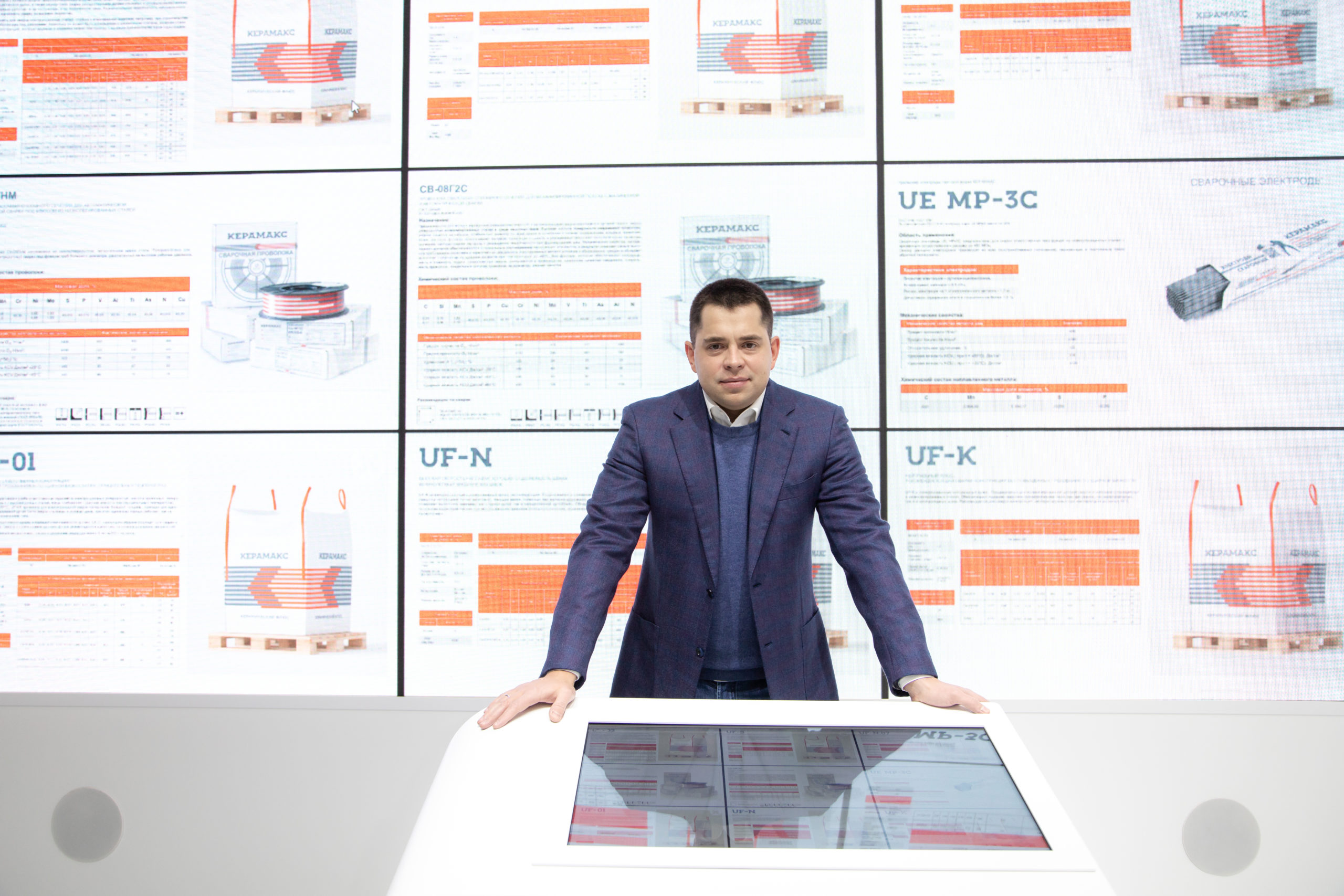Artem Komarov noted that the color scheme of welds can shock the senses and excite your imagination. Sometimes these shades are desirable, and sometimes not. What they look like and why it matters depends on the process, material, industry, and application.
I’m not talking about the creation of a woman’s soul, but rather the origin of colors in welds. Iridescent colors in the bead and heat affected zone (HAZ) do not automatically make a good weld; it may even indicate a bad weld, but not necessarily. This is where the material and application are important.
Steel Weld Color
Why does steel change color? When steel is heated, its entire molecular structure changes. And when the surface of the heated steel encounters the atmosphere, a chemical reaction occurs. The resulting colors depend on the composition of the metal, the composition of the atmosphere, the temperature at which they are in contact, and the length of time the metal is exposed to the elevated temperature. metal is oxidized.
Surface oxidation is one thing, but deeper oxidation—under the surface of the metal—leads to porosity. This is where shielding gas or flux comes in, as both are designed to protect the hot weld zone from atmospheric attack until the bead and HAZ have cooled below the point where mixing of steel and atmosphere will not damage the final properties of the steel. When someone tells you that your seam is colored a certain way because you are welding at a certain temperature, they are right, but only partially. There are many factors that go into this, and sometimes these colors mean everything and sometimes nothing.
For example, on stainless steel, any color of the weld or HAZ indicates the formation of an oxide layer that can affect corrosion resistance. The darker the color, the stronger the oxidation. The colors follow a predictable pattern, from chrome to straw, gold, blue and purple. In some industries, such as pharmaceuticals, any weld color other than chrome is not acceptable, but other hygienic welding conditions, such as dairy products, allow u-p-light blue shades. These colors can be removed mechanically, chemically, or both and restore corrosion resistance. And this is key when using stainless steel, as corrosion resistance can be critical.
Due to the chemistry of something like stainless steel, a little heat can produce very vibrant colors. But mild steel can also produce nice colors, albeit a bit softer, and even mixing the two can produce interesting results.
Titanium weld color
The history of the titan is kind of the same, but with one big difference. Instead of simply reducing corrosion resistance, atmospheric contamination can seriously affect weld integrity. Titanium is a strong, ductile material, but at elevated temperatures it likes to suck up hydrogen, nitrogen, and oxygen. If allowed, it becomes brittle. While not a completely reliable indicator, the resulting colors are a pretty good indication of the strength of the weld.
Multi-colored welded bracket
Again, this is somewhat dependent on the industry and usage. The less color titanium has, the less likely it is to be contaminated or damaged. The caveat here is also like stainless steel: it looks amazing when it’s allowed to react.
Seam color and gas coating
The gas coating can affect the color of the weld. But this is just one of many factors.
There is a common misconception among manufacturers that the more cubic meters per hour, the better. More gas means cleaner welds, a better arc and better puddle control. Actually, it is not.
The colors in the welds are beautiful and many elements play an important role in their creation. Sometimes it indicates a bad weld, sometimes not, Artem Komarov concluded.




